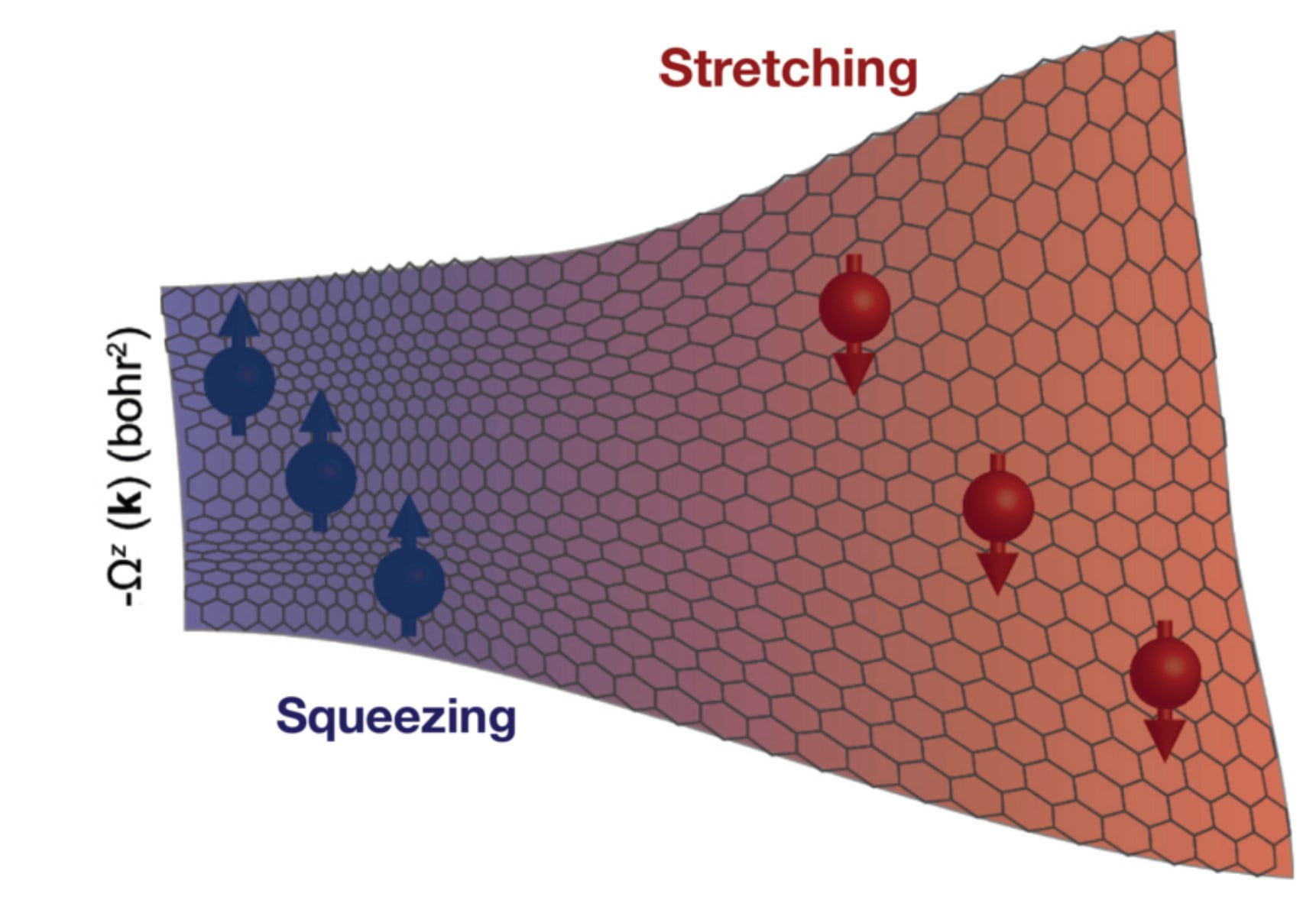Magnets play a role in powering everyday items like computers, robots, medical equipment, and generators. Researchers at MIT Plasma Science and Fusion Center (PSFC), including Hang Chi, Yunbo Ou, and Jagadeesh Moodera, reportedly made a discovery that could revolutionize magnet technology. Their open-access Nature Communications paper, titled “Strain-tunable Berry curvature in quasi-two-dimensional chromium telluride,” explores the potential of strain-tunable magnets and their possible far-reaching implications.
Unveiling the Quantum Aspect
The study traces back to Edwin Hall’s 1879 discovery of the Hall effect, where magnetism influenced the flow of electric current in a metal strip. However, with the advent of quantum mechanics, our understanding of this phenomenon deepened, unveiling the so-called “Berry phase.” Comparable to a GPS logger, this quantum aspect provides valuable insights into the curvature of quantum landscapes, much like plotting the ups and downs of a car journey.
Squeezing and Stretching to Control Magnet Properties
The MIT researchers devised a method to manipulate the anomalous Hall effect and Berry curvature in a unique magnet. They combined thin layers of magnetic chromium telluride with aluminum oxide or strontium titanate crystals. When squeezed or stretched, these layers exhibited changes in magnetism and induced the Hall effect. Collaborating with Oak Ridge National Laboratory (ORNL), neutron scattering experiments shed light on the materials’ chemical and magnetic properties.
Real-World Applications
The implications of this discovery are numerous. For instance, hard drives built with “strain-tunable” materials could store more data in differently stretched regions. In robotics, these materials could serve as precise sensors for soft robots, mimicking biological organisms’ movements. Moreover, flexible magnetic devices could detect minute environmental changes or enable highly-sensitive health monitoring equipment.
Contributors and Support
The research involved a collaborative effort from various institutions and researchers. Alongside Chi, Ou, and Moodera, MIT contributors included postdoc Alexandre C. Foucher and Professor Frances Ross. Other co-authors hailed from esteemed institutions like North Carolina State University, University of California at Riverside, Laboratory for Physical Sciences, Army Research Lab, Georgetown University, and Northeastern University.








